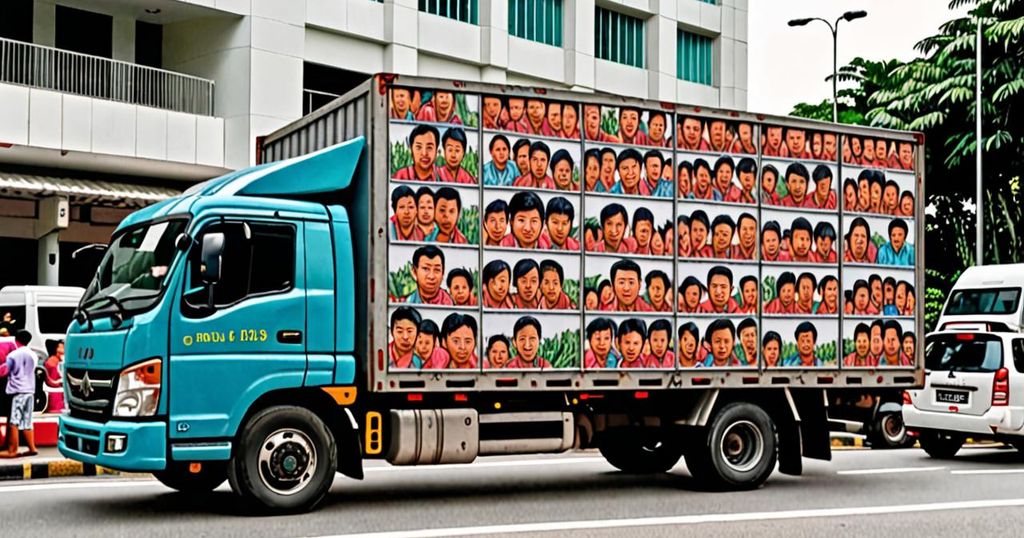Singapore is one of the few first-world countries that still permits the transportation of migrant workers on lorries, a type of vehicle primarily intended for carrying goods rather than people. This practice remains legal in Singapore, in stark contrast to other first-world countries such as Dubai, Abu Dhabi, Bahrain, and Qatar, where it has been prohibited.
Despite widespread advocacy from activists and non-governmental organizations over the past two decades, the Singapore government and relevant industries have not displayed any willingness to prohibit this practice. Even after the most recent tragic lorry accidents in July 2023, business chambers and associations released a joint statement outlining the challenges and expenses associated with eliminating lorries from use.
The transportation of migrant workers on lorries in Singapore provides a unique and eye-opening glimpse into the challenges and experiences faced by these individuals. Despite Singapore’s status as a first-world country, the stark contrast between the luxury and privilege experienced by some and the difficult, often perilous circumstances faced by migrant workers becomes undeniable when witnessing their transportation on lorries.
The continued legality of this practice has sparked ongoing debate and controversy, with many questioning the ethical and moral implications of allowing such transportation to persist. Advocates for the rights of migrant workers emphasize the need for safer and more dignified modes of transport, while also highlighting the inherent dangers and discomfort caused by being transported in vehicles designed for cargo.
As we delve into this complex and contentious issue, it becomes increasingly clear that the treatment and conditions of migrant workers in Singapore are subject to scrutiny and calls for reform. The persistence of lorry transportation for these individuals serves as a potent symbol of the systemic challenges and inequalities faced by migrant workers in the country.
The reluctance of the government and industries to address this issue further underscores the need for continued advocacy and pressure to bring about meaningful change. It is imperative to highlight the human rights dimensions of this issue and to urge meaningful action to ensure the safety and dignity of migrant workers in Singapore.
Ultimately, the experience of witnessing migrant workers being transported on lorries in Singapore is a poignant reminder of the social and economic disparities that persist in the country. It serves as a call to action for all individuals and organizations to champion the rights and well-being of migrant workers, and to work towards a more equitable and just society for all.

Leave a Reply